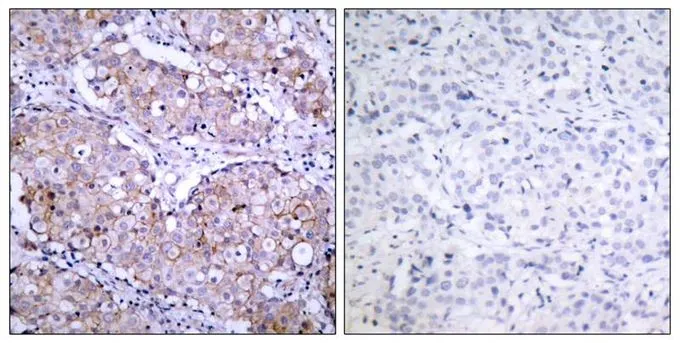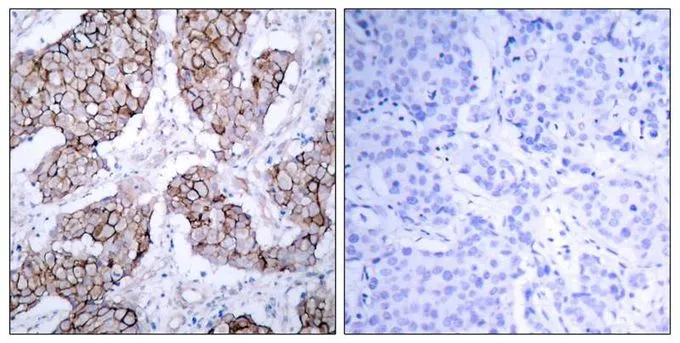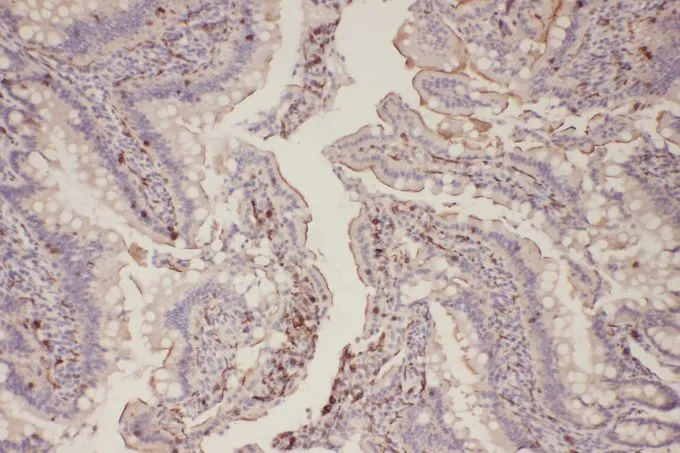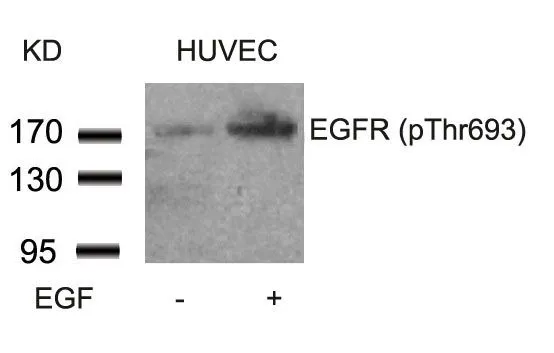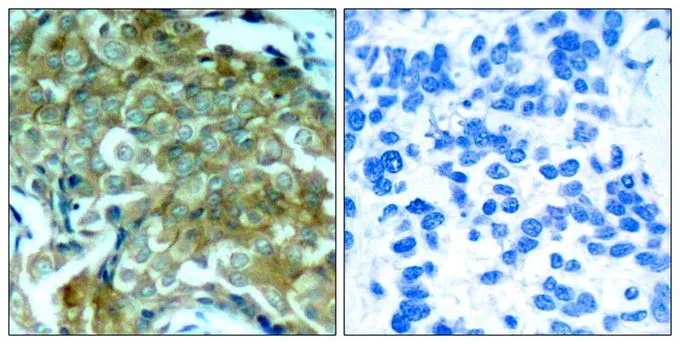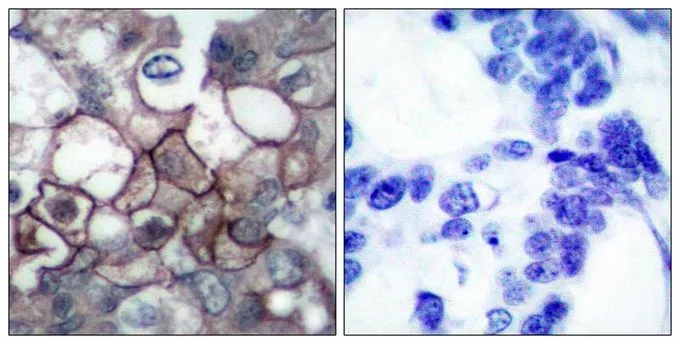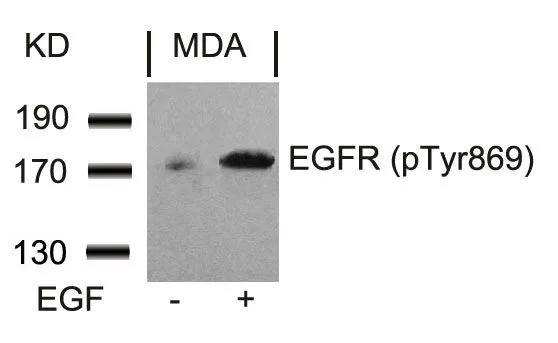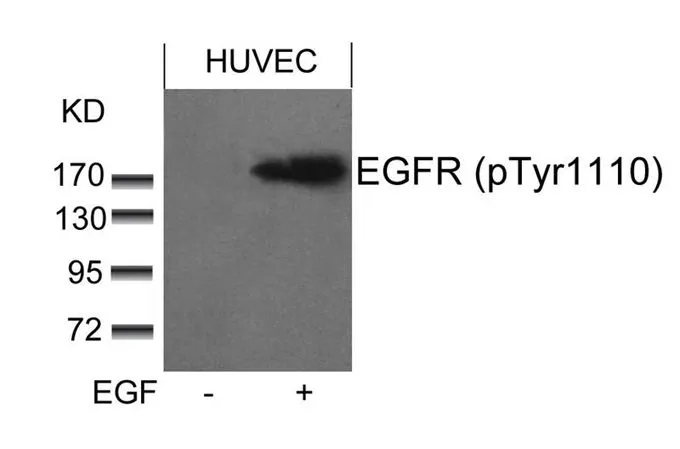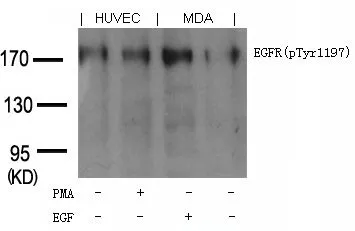EGFR antibody [F4]
GTX10415
ApplicationsImmunoPrecipitation, Western Blot, ELISA, ImmunoHistoChemistry, ImmunoHistoChemistry Frozen, ImmunoHistoChemistry Paraffin
Product group Antibodies
ReactivityHuman
TargetEGFR
Overview
- SupplierGeneTex
- Product NameEGFR antibody [F4]
- Delivery Days Customer9
- Application Supplier NoteWB: 1:2,000. *Optimal dilutions/concentrations should be determined by the researcher.Not tested in other applications.
- ApplicationsImmunoPrecipitation, Western Blot, ELISA, ImmunoHistoChemistry, ImmunoHistoChemistry Frozen, ImmunoHistoChemistry Paraffin
- CertificationResearch Use Only
- ClonalityMonoclonal
- Clone IDF4
- ConjugateUnconjugated
- Gene ID1956
- Target nameEGFR
- Target descriptionepidermal growth factor receptor
- Target synonymsERBB, ERBB1, ERRP, HER1, NISBD2, NNCIS, PIG61, mENA, epidermal growth factor receptor, EGFR vIII, avian erythroblastic leukemia viral (v-erb-b) oncogene homolog, cell growth inhibiting protein 40, cell proliferation-inducing protein 61, epidermal growth factor receptor tyrosine kinase domain, erb-b2 receptor tyrosine kinase 1, proto-oncogene c-ErbB-1, receptor tyrosine-protein kinase erbB-1
- HostMouse
- IsotypeIgG1
- Protein IDP00533
- Protein NameEpidermal growth factor receptor
- Scientific DescriptionThe receptor for Epidermal Growth Factor is an integral cell membrane protein of 170 kD, which spans the membranes of a wide range of normal and malignant epithelial cells. It is a tyrosine-specific protein kinase with the capacity to phosphorylate tyrosine residues located near its carboxy-terminus. EGF-R has anextracellular region which binds EGF and consequently mediates the initial response of cells to EGF and an intra-cellular region which posseses the tyrosine kinase activity. As a result of EGF binding to its specific receptor, there is increased DNA synthesis as well as other events including cell proliferation, differentiation and repair of damaged epithelial tissue. The EGF-R has a half-life of approximately 10 hours in human fibroblasts, but in the presence of EGF this value is reduced to about 1 hour. A close similarity has been found between the sequence of the v-erb-B oncogene and the cytoplasmic and transmembrane part of the EGF-R (truncatedEGF-R). It is hypothesized that an inappropriate activation of the human erb-B gene either by truncation or overexpression plays a role in the development of the malignancy. This hypothesis is supported by studies, which have shown an increased number of EGF-R in various malignant tumors. High levels of EGF-R have been identified in sarcomas, gliomas, gynecological, breast, bladder, and lung tumors.
- ReactivityHuman
- Storage Instruction-20°C or -80°C,2°C to 8°C
- UNSPSC12352203

